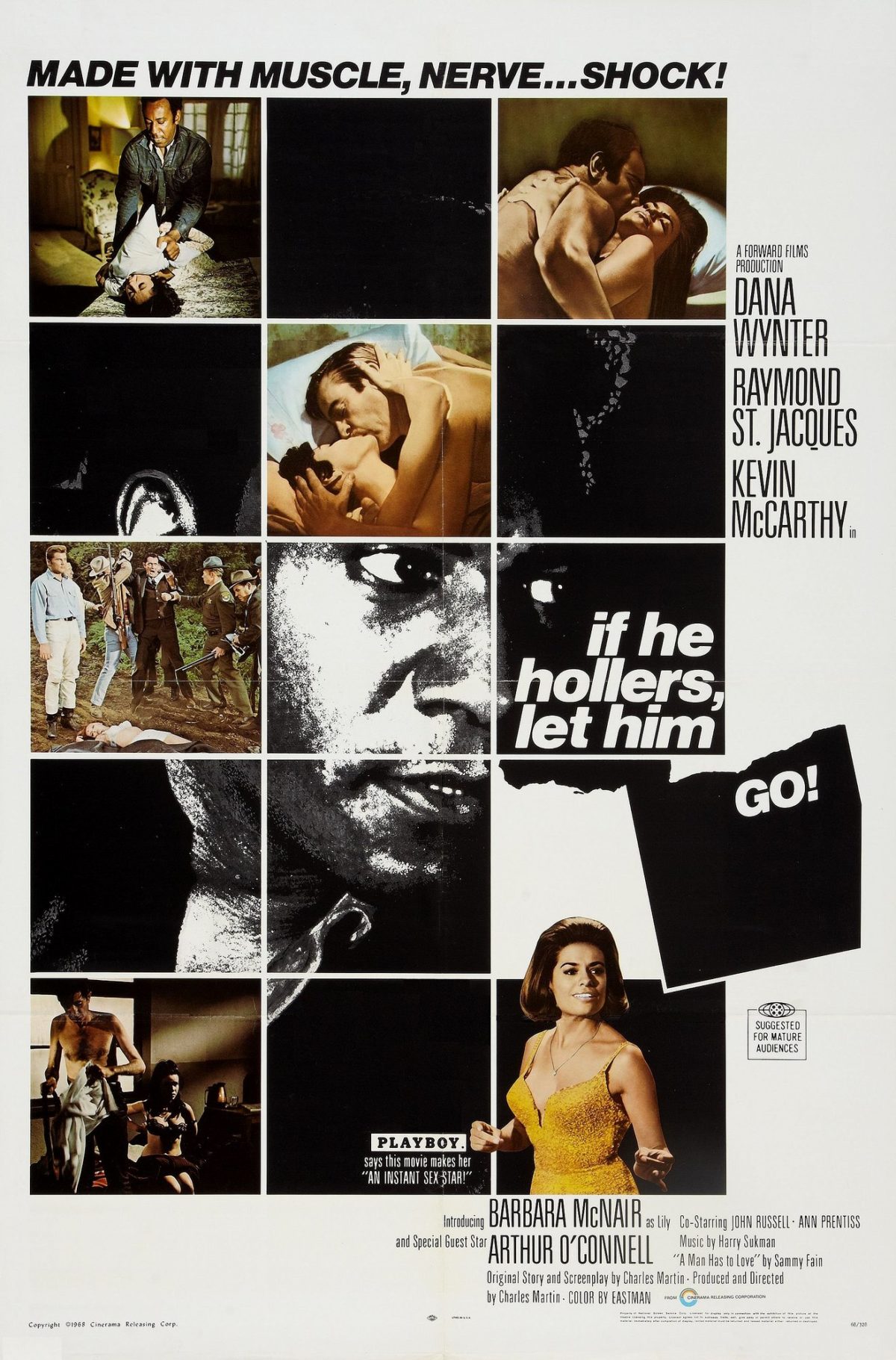As our class has made the full transition away from the more classical noir novels involving some form of mystery to be uncovered by the reader, often alongside a detective main character, I have done my best to come up with an expanded idea of noir, and a fresh perspective on the value of one person’s life story of itself. With both of these goals in mind I have begun to come to what I believe is a fuller understanding of the general thesis for this course itself, and of what it means for a story to be told simply for the sake of the story itself. After careful consideration, I have come to the conclusion that both of these aspects of my thought process are intertwined. That is, I think that the idea for this course and the book list rely heavily on the fact that one’s life story, of itself, has value and can pick up on thematic points that are often purposefully and skillfully made opaque by pure fiction writers. Take, for example, the work of Dashiell Hammett; Hammett was a writer whose fiction had a clear plot line with thematic underpinnings that are generally only hinted at a few of which are that there is a coded gay character (perhaps two) and that there are foreigners at work in the novel often driving the most nefarious aspects of the story. Hammett does not explicitly discuss homosexuality, but perhaps there is insight to be gained from how the likely homosexual character is described and treated in the book. On this account, there can be multiple interpretations for said character since, first of all, his homosexuality is not explicitly mentioned, and, second of all, different readers may focus on different aspects of his character in relation to his homosexuality. Furthermore, with the characters who all have foreign names and come from different places, like Bridget O’Shaughnessy, the reader is left to decide for themselves what Hammett may be trying to say about foreigners in general. The point here is that we have grown accustomed to literature showing and not telling, lending itself to myriad interpretations that foster discussion and debate.
A novel like Trick Baby, in contrast, does a lot of showing and telling. Picking up on the common thread of homosexuality, we see very clearly in Chapter 10 the topic discussed and argued about. There is no coding, there is no opacity. The text is see-through and it is jarring for readers (at least for me as a reader) because it almost feels as if our job has been done for us. At first glance, if there is no interpreting for the reader to do, it feels as if there is there anything at all for us to do. It was at this seeming dead end, though, that I began to realize something that I know to be true outside of formal English classes – there is inherent value in a life story. Especially when the story revolves around someone as lowly as White Folks is, the reader’s job becomes less about interpreting and more about simply learning from the story. Perhaps different people will connect with different parts of the memoir-like story that White Folks gives, but nonetheless we can use our gut reactions to his story to learn something about ourselves and the nature of the story. For example, when White Folks describes the altercation between Midge and Blue over her homosexuality, many modern readers are perhaps repulsed at Blue’s words and feel sympathy for Midge. This simple reaction to the story on the part of a reader helps us realize many things, among which are that not everyone’s views are like our own, not everyone’s experiences are like our own, and perhaps that sometimes people who end up in tough situations end up there by no fault of their own. It may be the case that a reader already recognized all of these things, but I am sure that they would still garner something out of listening to another person’s story.
As for the second part of what I discussed earlier regarding how noir relates to the sort of memoir that we get in Trick Baby, I think that it was summed up well in the syllabus: “We shall investigate how the noir genre is altered when “noirs” are the subjects and the authors.” For me, this line gave me the most insight into how this book made it into the book list. While there is no mystery present in the book necessarily, there is darkness, moral ambiguity, and cynicism that is rampant in White Folks’s own life. White Folks himself, then, along with his life story becomes the noir. White Folks’s existence is in the darkness – through no fault of his own he occupies a space of darkness in the world. Such a character is about as classically noir as it can get, but because I am more used to genres being present only in the context of the entirety of the text rather than centralized in a single character through his life’s story, I did not initially understand how this novel was particularly noir. Now, though, having combined the insight of the inherent value in one’s own life story with the idea of noir being the subject/character himself, I feel like I have a firm understanding of the book and how best to read it.
